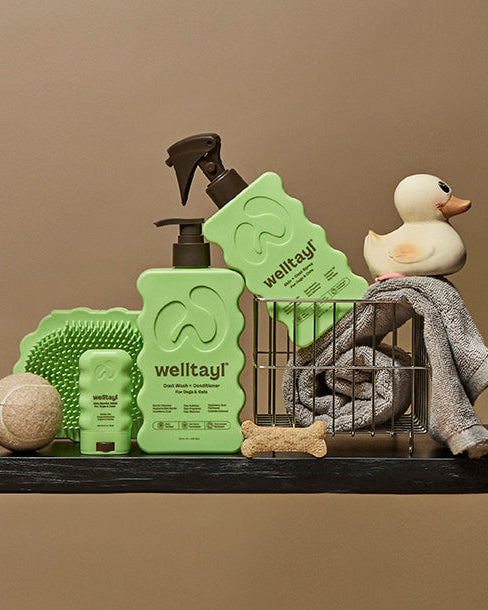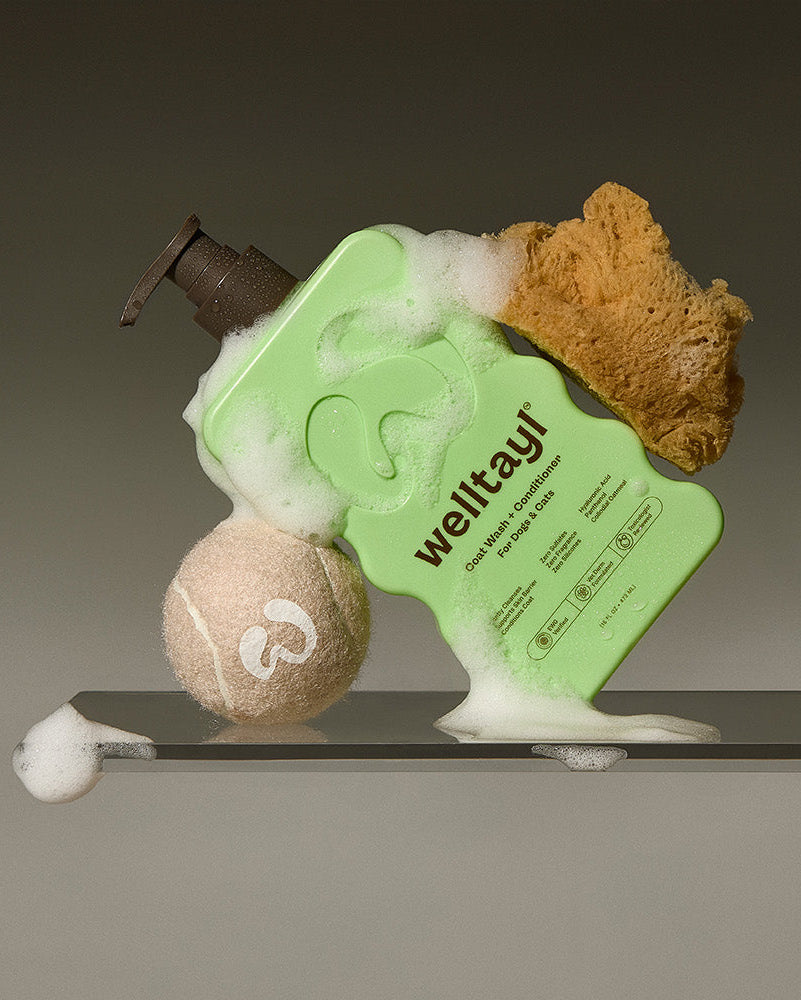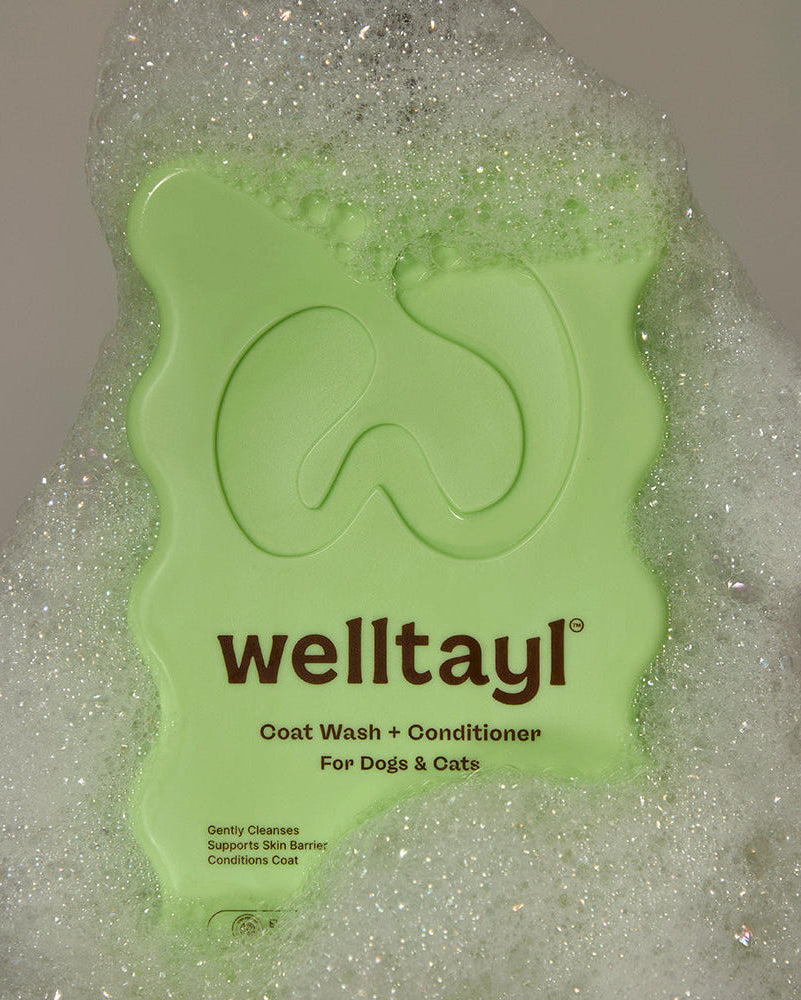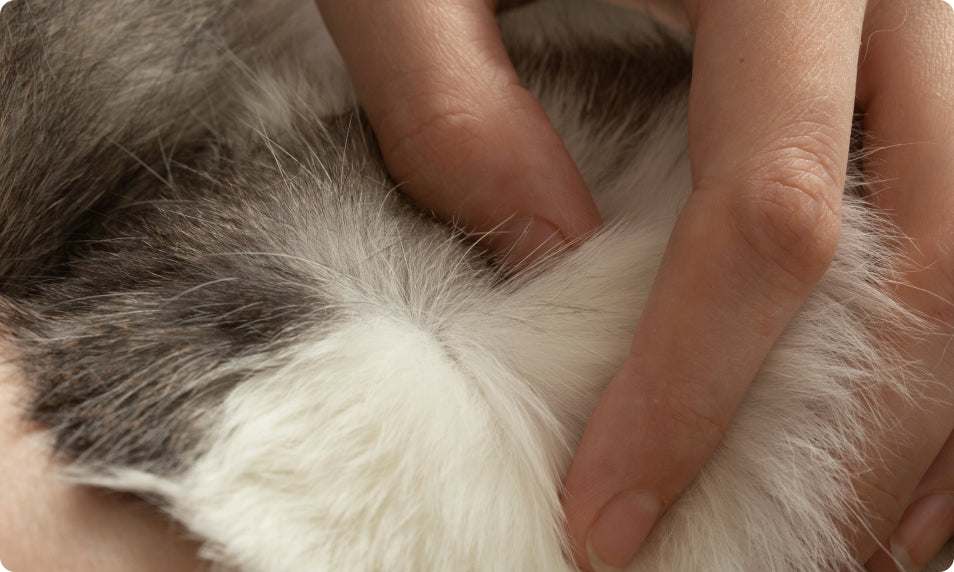Cats are usually great at keeping themselves clean, but sometimes they can develop skin conditions that are both uncomfortable and harmful. Just like us, when cats eat poorly or feel stressed, their skin can suffer. Imagine having an itch that doesn't go away, or worse, feeling sick because of something you ate. That's what it can be like for your cat when they're not in tip-top shape.
Keeping your cat healthy means more than just regular visits to the vet. It involves feeding them high-quality food, making sure they're not too chubby or too thin, and keeping those pesky fleas and ticks away. Plus, a calm cat is a happy cat, so reducing stress is key.
If you've noticed your cat scratching a lot or spots where fur is missing, it might be time to dive deeper. In this article, we'll explore the most common skin conditions that affect cats, what causes them, and how you can help keep your furry friend feeling their best.
Table of Contents:
- Key Takeaways
- Understanding Cat Skin Conditions: Symptoms and Treatments
- Common Skin Conditions in Cats
- Diagnosing Skin Conditions in Cats
- Treatment Options for Feline Skin Conditions
- Preventing Skin Conditions in Cats
- Conclusion: Caring for Your Cat's Skin Health
- Frequently Asked Questions
Key Takeaways
- 🐱 Symptom Identification: Key signs of skin conditions in cats include excessive itching and scratching, hair loss in patches, and visible rashes or redness of the skin.
- 😷 Common Conditions: Typical skin issues in cats include flea infestations, dermatitis from allergies, ringworm infections, or eosinophilic granuloma complex. Each condition has distinct symptoms and requires targeted treatments.
- 🩺 Veterinary Diagnosis: Diagnosis often involves a thorough physical exam, skin scraping tests, biopsies, and sometimes blood tests to uncover underlying issues like allergies or hormonal imbalances.
- 💊 Treatment Approaches: Treatments may include topical medications such as medicated shampoos and sprays, oral medications like antibiotics or antifungals, and special diets in cases of food allergy.
- 🛡️ Prevention Strategies: Regular grooming, maintaining a balanced diet rich in essential nutrients, and consistent flea and tick prevention are crucial for preventing skin conditions in cats.
- 📅 Regular Vet Visits: Routine check-ups with a veterinarian help catch early signs of skin issues, allowing for timely intervention and prevention of severe complications.
- 🚑 Immediate Care: Prompt treatment at the first sign of skin abnormalities is essential to prevent escalation and aid in faster recovery.
Understanding Cat Skin Conditions: Symptoms and Treatments
Cat skin conditions can be troublesome for both you and your furry friend. Knowing the symptoms and appropriate treatments can help you swiftly address these issues, ensuring your cat remains comfortable and healthy. Below, explore the common skin symptoms in cats and what they could mean.
Itching and Scratching
One major sign your cat may have a skin condition is an increase in itching and scratching. This can be due to a variety of skin issues, from fleas or mites to allergies. Continuous scratching can lead to more severe problems like hair loss or skin infections. If you notice your cat is scratching more than usual, it's crucial to check their skin for any signs of redness, bumps or fleas, and consider a visit to the vet.
Hair Loss
Hair loss in cats can signal several skin conditions, including ringworm, allergies, or even stress. It usually occurs in patches, revealing skin that might be scaly or red underneath. The loss of fur might not always be due to itching; for example, cats who are stressed may chew their fur, often on their tail base or on their belly, a behavior known as barbering. Hormonal imbalances can also be a reason for hair loss without itching or primary skin issues. Monitoring where and when your cat loses hair can help your vet diagnose the problem more effectively.
Rashes and Redness, Red Spots
Rashes and redness are clear indicators of skin irritation in cats. These symptoms can surface due to contact dermatitis, which occurs when a cat's skin reacts to irritants like cleaning products or certain plants. Red, inflamed skin may also result from more severe conditions like autoimmune disorders. If you spot any unusual redness or rash on your cat's skin, it's advisable to consult with your veterinarian in a timely manner to get the correct treatment.
Lesions and Ulcers
Lesions and ulcers on a cat's skin are often a serious concern that requires immediate veterinary attention. These can appear as open wounds, thickened patches, or crusty areas and may result from infections, cancer, feline immunodeficiency virus (FIV), or even severe allergies. Early detection and treatment are vital to manage these conditions effectively and prevent them from worsening.

Common Skin Conditions in Cats
Maintaining your cat's skin health is crucial, as skin problems can cause discomfort and potentially indicate more serious health issues. Here, we explore some of the most prevalent skin conditions that might affect your feline friend.
Fleas
Fleas are tiny, blood-sucking parasites that cause a great deal of distress for cats. If your cat starts scratching more than usual, loses hair, or you notice small black specks in their fur (flea dirt), they might have fleas. Treating fleas involves more than just addressing your cat’s condition; you’ll also need to manage the environment to prevent them from returning or hitching a ride on other four-legged family members. Monthly veterinary prescribed flea preventatives are highly effective, ensuring that fleas on your cat, as well as those lurking in your home, are eliminated. In cases of severe infestation, environmental management may be warranted as well, such as treating furniture or carpeted rooms.
Dermatitis
Dermatitis refers to skin inflammation and is often triggered by allergies in cats. You might see your cat itching excessively, developing rashes, or even losing hair in patches. Common allergens include certain foods, pollen, or even materials they come into contact with like plastic. It is essential to identify the allergen, which might require vet assistance, in order to manage the underlying cause effectively.
Ringworm
Contrary to its name, ringworm isn't a worm but rather a fungal infection that can affect a cat’s skin, hair, and nails. This condition is characterized by circular patches of hair loss, typically with a red, ring-like border. Ringworm is highly contagious and can spread to other pets and even humans. Effective treatment often involves antifungal shampoos or oral medications, plus thorough cleaning of your home.
Eosinophilic Granuloma Complex
This complex issue is a reaction pattern in cats, presenting as swollen lips, ulcerative lesions, or raised red areas on the skin. It's thought to be caused by allergic reactions, possibly related to flea bites or food allergies. Treatment depends on pinpointing the underlying cause but might include corticosteroids to reduce inflammation or changes to the cat’s diet. Regular flea prevention is important for these patients too.
Diagnosing Skin Conditions in Cats
Accurate diagnosis is crucial for effectively managing skin conditions in cats. Below are several steps that veterinarians typically take to determine the cause of a cat's skin problems.
Physical Exam
When you notice changes in your cat's skin or behavior indicating discomfort, the first step is a thorough veterinary visit. During the visit, the veterinarian will conduct a full physical examination focusing on the skin's condition. They'll look for signs like redness, swelling, or hair loss and ask you detailed questions about your cat's history, lifestyle, preventatives and any recent changes in their environment or diet. If your cat's been itching a lot or showing signs of stress, it's important to mention this, even if the symptoms seem to come and go or you think they may not be related.
Skin Cytology, Scraping and Biopsy
To get to the root of skin issues, your vet might perform a skin cytology. This test involves gently sampling the surface of skin to collect cells for analysis, which helps in identifying issues like bacterial fungal infections, such as ringworm. A skin scraping looks deeper into the skin layers to check for skin mites. In cases where the diagnosis isn't clear from a cytology or scrape or if your vet suspects a deeper skin problem, a biopsy may be necessary. A biopsy involves taking a small sample of full-thickness skin tissue to examine more closely, helping to identify conditions like cancer or autoimmune diseases.
Blood Tests
Blood tests are another tool in diagnosing skin conditions in cats. They can reveal underlying health issues that might be contributing to skin problems, such as hormonal imbalances or allergies. These tests are especially useful if your cat's skin condition might be related to an internal problem or if they haven't responded to initial treatments.
Keep your cat's health a top priority! Join our Welltayl newsletter for more handy tips and updates on keeping your pet happy and healthy. Whether you're figuring out skin conditions or looking for everyday care advice, we've got you covered. Subscribe here.

Treatment Options for Feline Skin Conditions
Managing your cat's skin health effectively involves not just identifying the underlying problem but also using the right treatment methods. Based on your veterinarian's diagnosis, various treatments can be employed to alleviate and potentially resolve skin issues in cats. Here’s a breakdown of the common approaches:
Topical Treatments
Topical treatments involve applying medications directly to the affected areas of your cat's skin. These treatments are particularly effective for localized skin issues and can quickly reduce symptoms like itching and inflammation. Common topical treatments include:
- Medicated Cat Shampoos and Sprays: These products help soothe irritated skin and can contain ingredients that target fungal and bacterial infections. Uninterrupted contact time is important when using the products.
- Mousse and Wipes: Designed for ease of use, medicated mousses and wipes allow you to target specific areas with antimicrobial, antifungal or soothing compounds without the need for a rinsing.
- Spot-on Treatments: These are applied to a specific area of your cat's skin and are useful in managing parasitic infections, such as those caused by mites or fleas.
Oral Medications
Oral medications are necessary when a systemic approach to treatment is required. They are particularly useful in cases where the skin condition is due to an internal issue or is widespread across the body. Types of oral medications include:
- Antibiotics: If your cat has a bacterial infection, antibiotics prescribed by your vet can help clear the infection from the inside out.
- Antifungals: For conditions like ringworm, oral antifungal medications may be prescribed to eradicate fungal infections.
- Steroids: For autoimmune diseases or severe inflammation, a steroid may be a necessary part of management to control inflammation and modulate the immune system.
- Allergy Medications: These can help manage symptoms associated with allergic reactions that manifest in the skin.
Special Diets
Sometimes, what your cat eats can impact their skin health. Special diets may be recommended to address or prevent skin conditions related particularly to allergies or sensitivities. Examples of dietary changes include:
- Hypoallergenic Diets: These are crafted to eliminate common allergens that might trigger skin reactions in sensitive cats. This can include novel or rare protein sources and hydrolyzed protein diets.
- Omega Fatty Acid Supplements: Adding these to your cat's diet can help improve their skin’s health over time, making it less prone to infections and inflammation.
Preventing Skin Conditions in Cats
Regular Grooming
Regular grooming plays a crucial role in preventing skin conditions in your cat. Brushing your cat weekly helps in more than just reducing shedding; it allows you to monitor the health of your cat's skin and coat. By keeping an eye on their fur’s condition, you’ll notice signs like flaking, redness, or unusual bumps early. Using a coat wash + conditioner can help maintain healthy, shiny fur and prevent skin issues. Moreover, grooming sessions serve as a bonding time with your cat, making it a pleasant experience that also benefits their health.
Flea and Tick Prevention
Prevention of fleas and ticks is paramount in maintaining your cat's skin health. These parasites not only cause discomfort but can lead to more severe skin issues like flea allergy dermatitis. Regular use of vet-recommended flea and tick control measures, such as spot-on treatments, oral medications, and anti-parasite collars, ensures your cat stays free from these pests. Remember, the consistency of applying these preventatives as directed can significantly reduce the incidence of flea and tick infestations, keeping your cat’s skin healthy. Contrary to popular belief, even indoor-only cats can be exposed to fleas.
Balanced Diet
Feeding your cat a balanced diet enriched with essential nutrients directly affects their skin's health. Nutrients like Omega-3 and Omega-6 fatty acids are critical for maintaining a shiny coat and healthy skin. Complementing their diet with a skin + coat spray can provide extra hydration and protection during dry seasons. Opt for high-quality cat food that lists real meat as the first ingredient and includes these beneficial oils. If you’re unsure about the best dietary choices for your pet, consulting your vet can help guide you toward the most appropriate food that promotes skin health alongside overall wellbeing.
Conclusion: Caring for Your Cat's Skin Health
Regular Check-Ups
Regular veterinary check-ups ensure your cat’s skin health remains at its best. During these visits, your vet can catch early signs of skin issues, like redness or excessive scratching, before they worsen. These appointments can potentially save your cat from discomfort and prevent minor issues from becoming severe.
Prompt Treatment
If you notice any abnormalities of your cat's skin, such as bald patches, incessant scratching, or sudden rashes, seek veterinary care immediately. Starting treatment early can often lead to a quicker and less complicated recovery. It’s like fixing a leak in your home—as soon as you spot the problem, addressing it quickly prevents more extensive damage.
Monitoring Skin Condition
Keep a close eye on your cat's skin condition by regularly grooming and inspecting their coat and skin. This isn't just a bonding activity; it's a key way to spot potential problems early. Noticeable changes in the coat's texture, the appearance of sores, or unusual shedding can all be early signs of skin conditions that require attention.
By integrating regular check-ups, addressing issues promptly, and keeping an ongoing watch over your cat’s skin health, you can ensure your furry friend stays happy, healthy, and comfortable. Remember, maintaining skin health is integral to your cat's overall well-being.
Frequently Asked Questions about Feline Skin Conditions
What is the most common skin condition in cats?
The most common skin condition in cats is feline atopic dermatitis (also called non-flea non-food allergic dermatitis), which is a reaction to environmental allergens causing intense itching, scabs, hair loss, and skin inflammation.
What does feline dermatitis look like?
Feline dermatitis typically presents as a very itchy rash with small crusted lesions resembling millet seeds, especially around the lower back, base of tail, face, ears, neck, belly and flanks. The hair coat often becomes thin in affected areas.
What does bacterial skin infection look like on a cat?
A bacterial skin infection (pyoderma) in cats appears as pimple-like pustules, redness, oozing sores or ulcers. It often occurs secondary to allergic skin conditions from excessive licking, scratching and self-trauma.
What does seborrhea look like on a cat?
Seborrhea in cats manifests as excessive scaling, flaking or dandruff along the skin and hair coat. It can be dry (lack of oil) or oily (overproduction of oil) seborrhea.
Resources:
- “Flea dermatitis in cats," PubMed
- “Eosinophilic granuloma in cats," NCBI
- “Ringworm in cats," NCBI
- “Diet and skin disease," PubMed
Read more
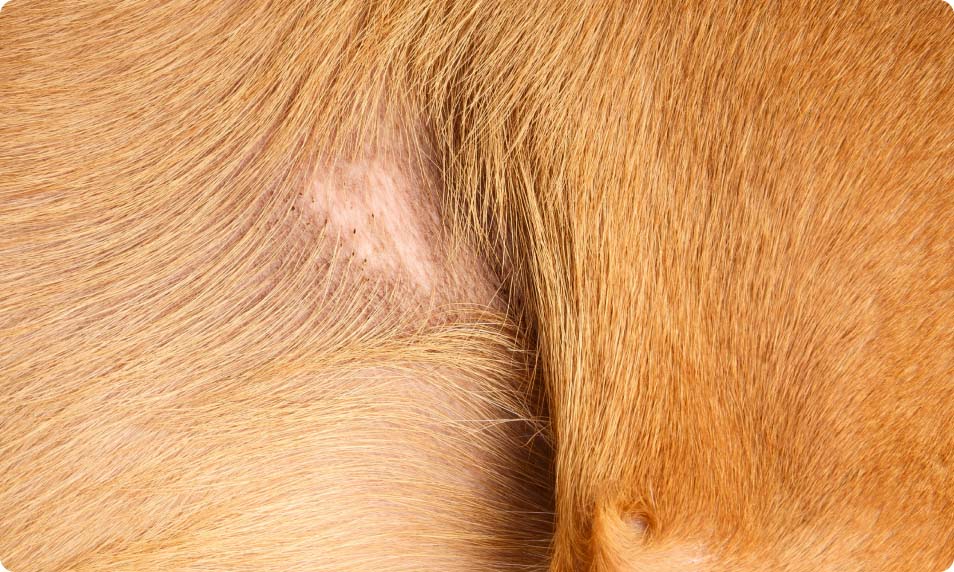
Get to know the causes, symptoms, and effective treatments for dermatitis in dogs with our comprehensive guide. Including the latest data and treatments.
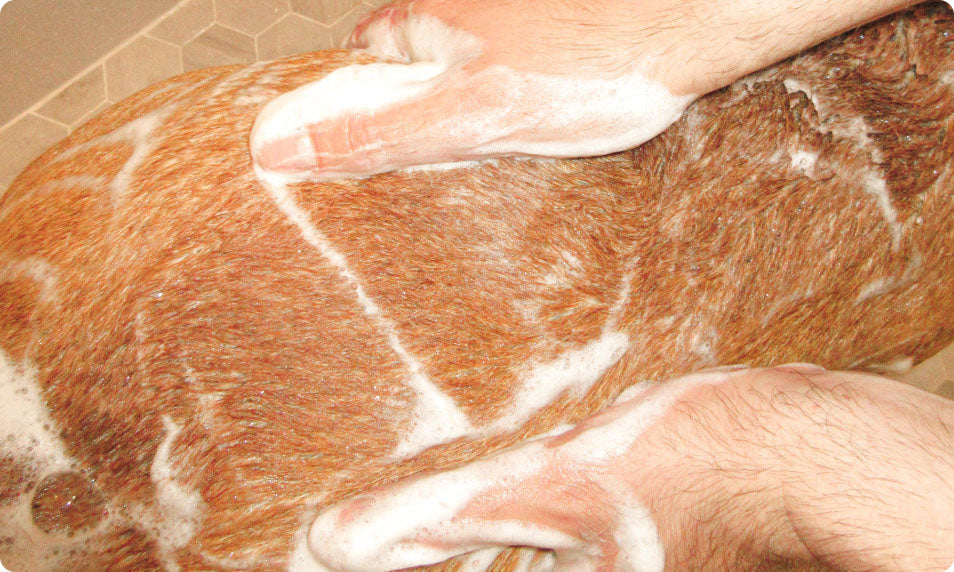
Understanding the potential risks and benefits of using human conditioner on your furry friend. Get insights from an experienced vet. Causes and Alternatives!


